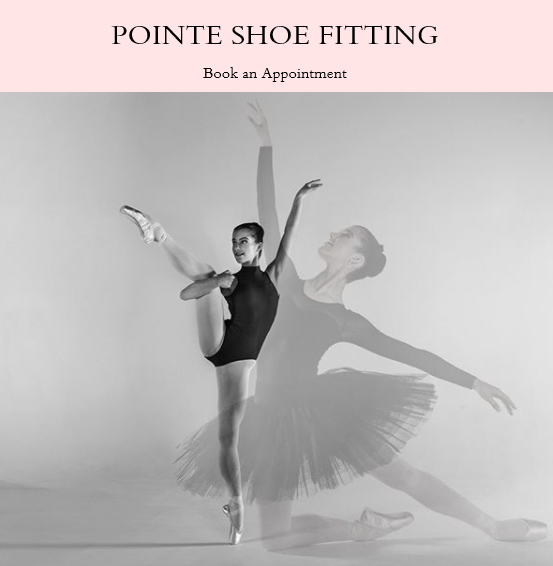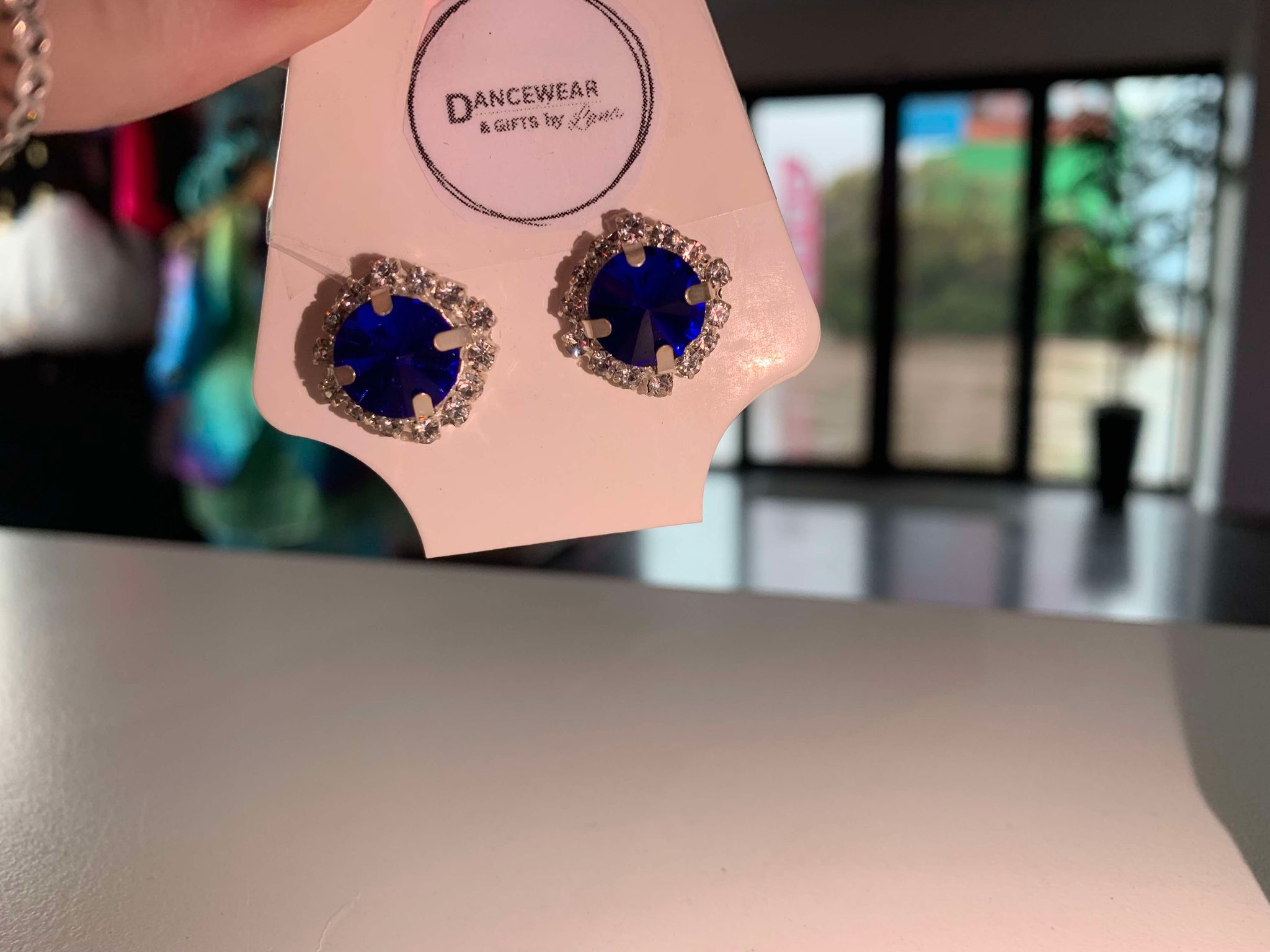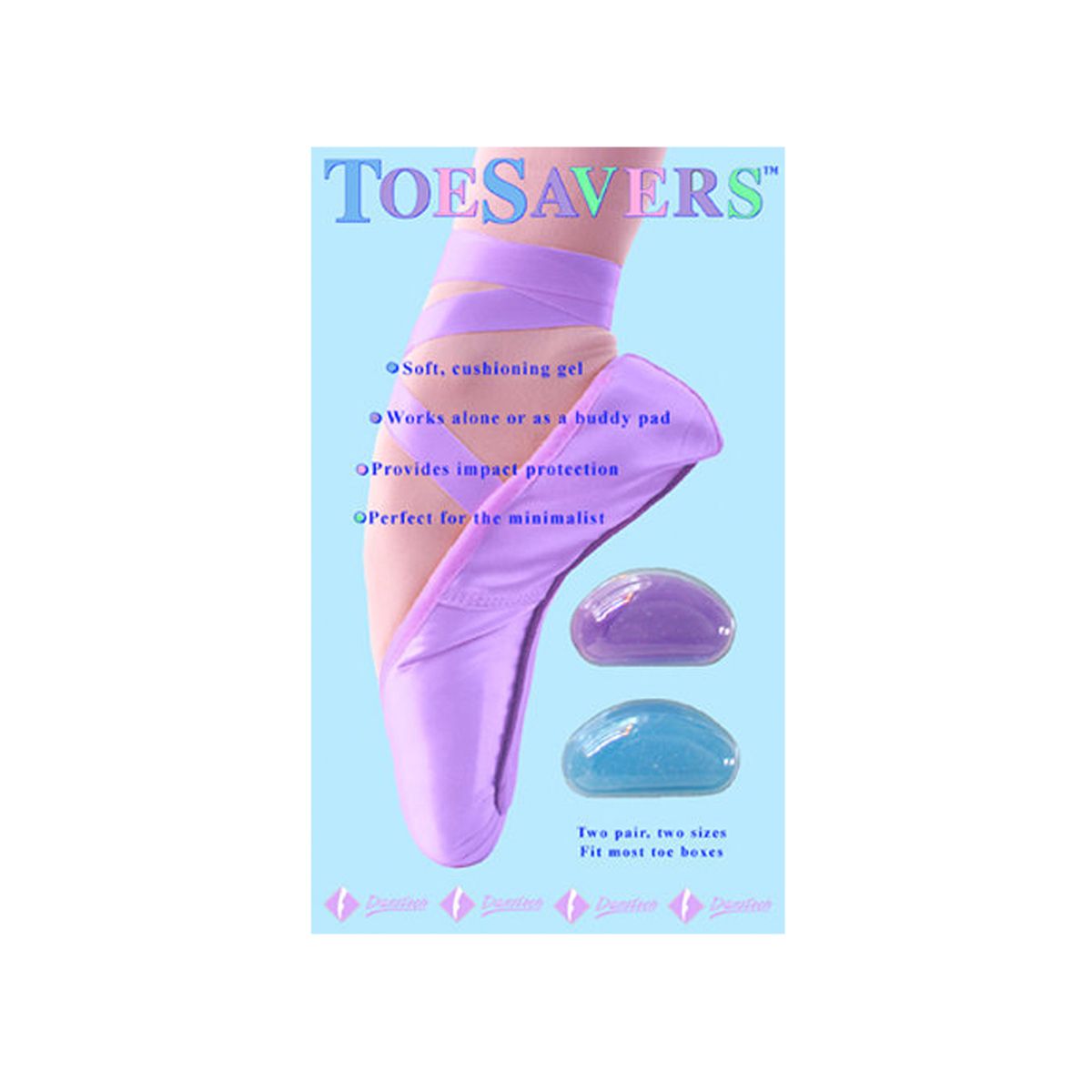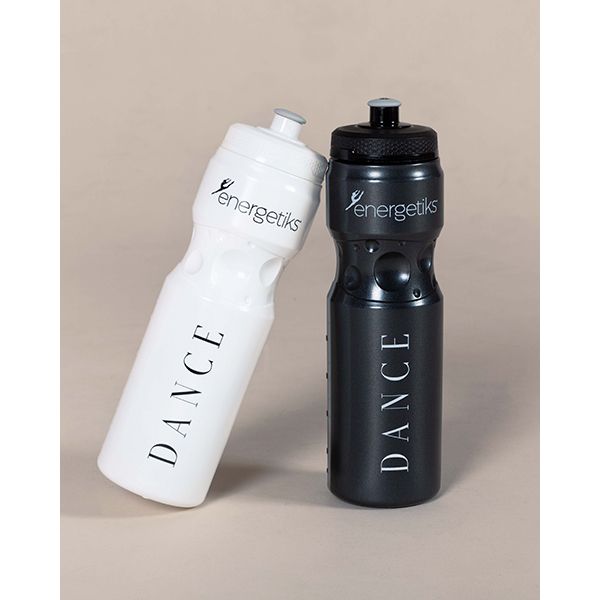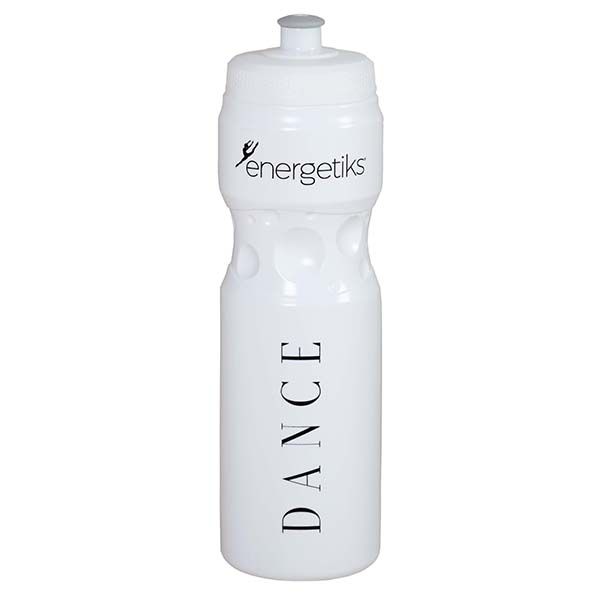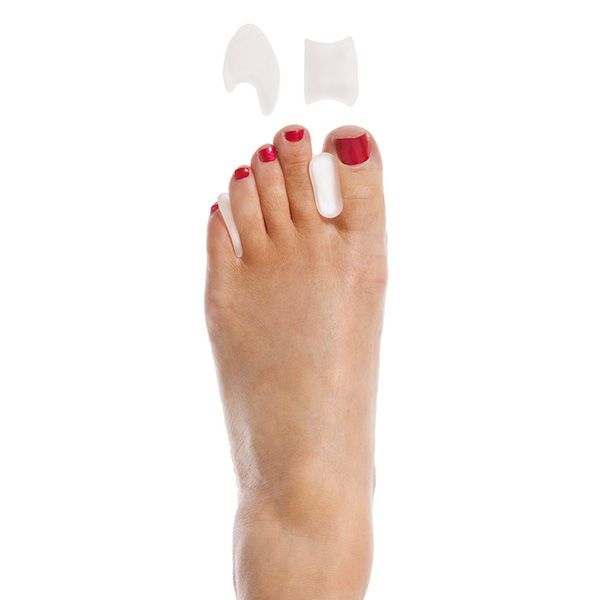With the different styles, widths and sizes available. Although this may seem overwhelming, our professional fitters are dedicated to help you find your perfect fit!
Our fitters will consider all aspects of your personal shoe requirements to ensure you are fitted correctly.
It is advised that you call or email our store to book the appointment for your fitting to ensure a fitter in available.
Email: lana@dancewearbylana.com.au
Phone: 4613 0666
We have a pointe shoe room dedicated to help ensure you have the best possible fitting.
We recommend that you get pointe shoes fitted to minimize the risk of damaging your feet.
More Information Below ↓


